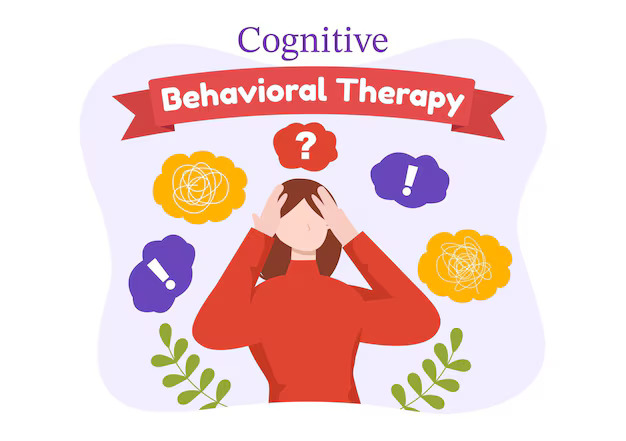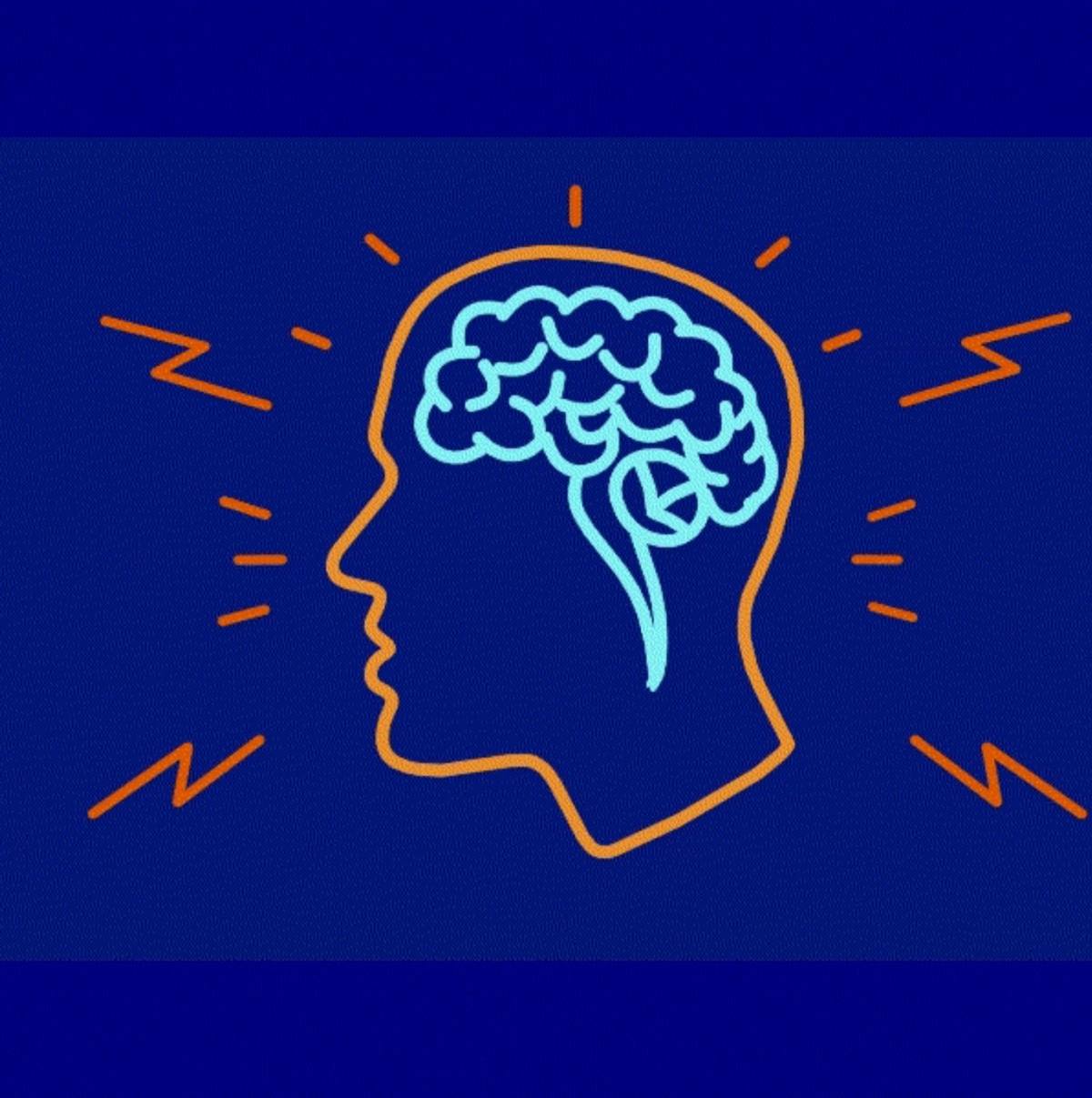In life, emotions are like the colors of a painting, adding depth and meaning to our experiences. From joy to sadness, fear to excitement, we encounter a range of emotions every day. But have you ever wondered what’s happening inside your body when you feel these emotions?
At the core of our emotional experiences is our brain, specifically the limbic system. This system, which includes structures like the amygdala and hippocampus, regulates and processes our emotions. When something triggers an emotional response, these brain regions send signals throughout our body.
Chemical messengers called neurotransmitters, like serotonin and dopamine, also play a crucial role in regulating our emotions. For instance, serotonin is associated with happiness, while dopamine is linked to pleasure. When these neurotransmitters are released, they can influence our mood.
You’ve probably heard of the “fight or flight” response, our body’s natural reaction to stress or danger. When we perceive a threat, our sympathetic nervous system releases hormones like adrenaline and cortisol, preparing us to confront the danger or flee from it.
Hormones, such as oxytocin, also shape our emotional landscape. Oxytocin, often called the “love hormone,” is released during moments of bonding and intimacy, fostering trust and social connection.
With such a complex system at play, how can we navigate our emotions and respond better to life’s challenges? It starts with understanding that emotions are signals, providing valuable information about our needs and experiences. They come and go like the tides, that’s their nature.
Dr. Jill Bolte suggests that the physiological response triggered by an emotion typically lasts for about 90 seconds. However, if we continue to feel the emotion beyond this time, it’s because we’re choosing to keep it alive through our thoughts and reactions.
Research shows that the physiological response to emotions peaks within the first few seconds to a minute, then begins to return to baseline levels within approximately 90 seconds to a few minutes.
But this doesn’t mean we should suppress or ignore our emotions. So how can we handle them and let them flow out of our bodies?
Enter the RAIN technique by Tara Brach, a simple mindfulness tool for managing difficult emotions and cultivating self-compassion:
Recognize: Start by acknowledging the emotion you’re feeling without judgment. Simply identify and name the emotion, like saying, “This is anxiety.”
Allow: Allow yourself to fully experience the emotion without trying to push it away. Create space for it to exist within you and acknowledge the physical sensations and thoughts associated with it.
Investigate: Take a closer look at the emotion with curiosity and compassion. Explore the thoughts, beliefs, and triggers contributing to the emotion. Approach this investigation with openness and a willingness to learn.
Nurture: Finally, offer yourself kindness and compassion in the face of the difficult emotion. Treat yourself with warmth and understanding, just as you would a friend in need.
By practicing the RAIN technique, you can develop greater awareness of your emotions, cultivate self-compassion, and respond to difficult experiences with mindfulness and kindness. It’s a valuable tool for navigating life’s challenges and building emotional resilience.
Blog written by Dr Vinaya Prabha and Dr Himani Upadhyaya



 Millennial Parenting Trends: Challenges and Solutions
Millennial Parenting Trends: Challenges and Solutions  The Pleasure and Pain of Motherhood
The Pleasure and Pain of Motherhood  How the Mind Protects Itself: Understanding Defense Mechanisms
How the Mind Protects Itself: Understanding Defense Mechanisms  Finding Harmony: The Psychology of Work-Life Balance
Finding Harmony: The Psychology of Work-Life Balance  Cognitive Appraisal: Understanding How Your Mind Shapes Emotions
Cognitive Appraisal: Understanding How Your Mind Shapes Emotions  Understanding Cognitive Behavioral Therapy: A Guide
Understanding Cognitive Behavioral Therapy: A Guide  Embracing the tide of Emotions
Embracing the tide of Emotions  How Our Minds Play Tricks on Us
How Our Minds Play Tricks on Us  Handling Questions Effectively
Handling Questions Effectively  Professional Counsellors v/s Non-Professional Counsellors
Professional Counsellors v/s Non-Professional Counsellors 

